If you’re a PC gamer, you’ve almost certainly heard of Razer. It’s the purveyor of (relatively) classy PC gaming peripherals, slapping its snakey-green logo on everything from laptops to headsets. It’s very good at it too, with its gear often making the cut in TechRadar’s 'Best of' peripheral lists.
Razer’s not afraid of dabbling outside of the gaming sphere however, snapping up George Lucas’s THX sound technology firm in October of last year and, just yesterday, purchasing smartphone manufacturers Nextbit, the company responsible for the conceptually-smart (but commercially flailing) Nextbit Robin phone, which relied on clever use of cloud storage space as its unique selling point.
There could be many reasons for Razer’s purchase of these properties. In the case of THX it diversifies the company’s portfolio, making it a steadier buy for investors, while Nextbit has talent including Scott Croyle (the design guru behind HTC’s best phones) and interesting cloud storage ideas. It’s worth noting that both companies will continue to act with their own branding underneath the Razer umbrella – but you can be sure each will be trading ideas.
All this got us thinking: what would a Razer smartphone look like? Razer’s a company that's not afraid to take a few risks, so while it hasn't announced plans to develop its own branded smartphone just yet, its latest acquisition doesn’t put this beyond the realms of possibility.
In a “what the hell, let’s just do it” world, here’s what we’d hope to see from Razer.
Proper gaming controls
Many have tried (and many have failed) to bring proper gaming controls to the mobile world. From Sony’s Xperia Play to the N-Gage, it’s never really taken off.
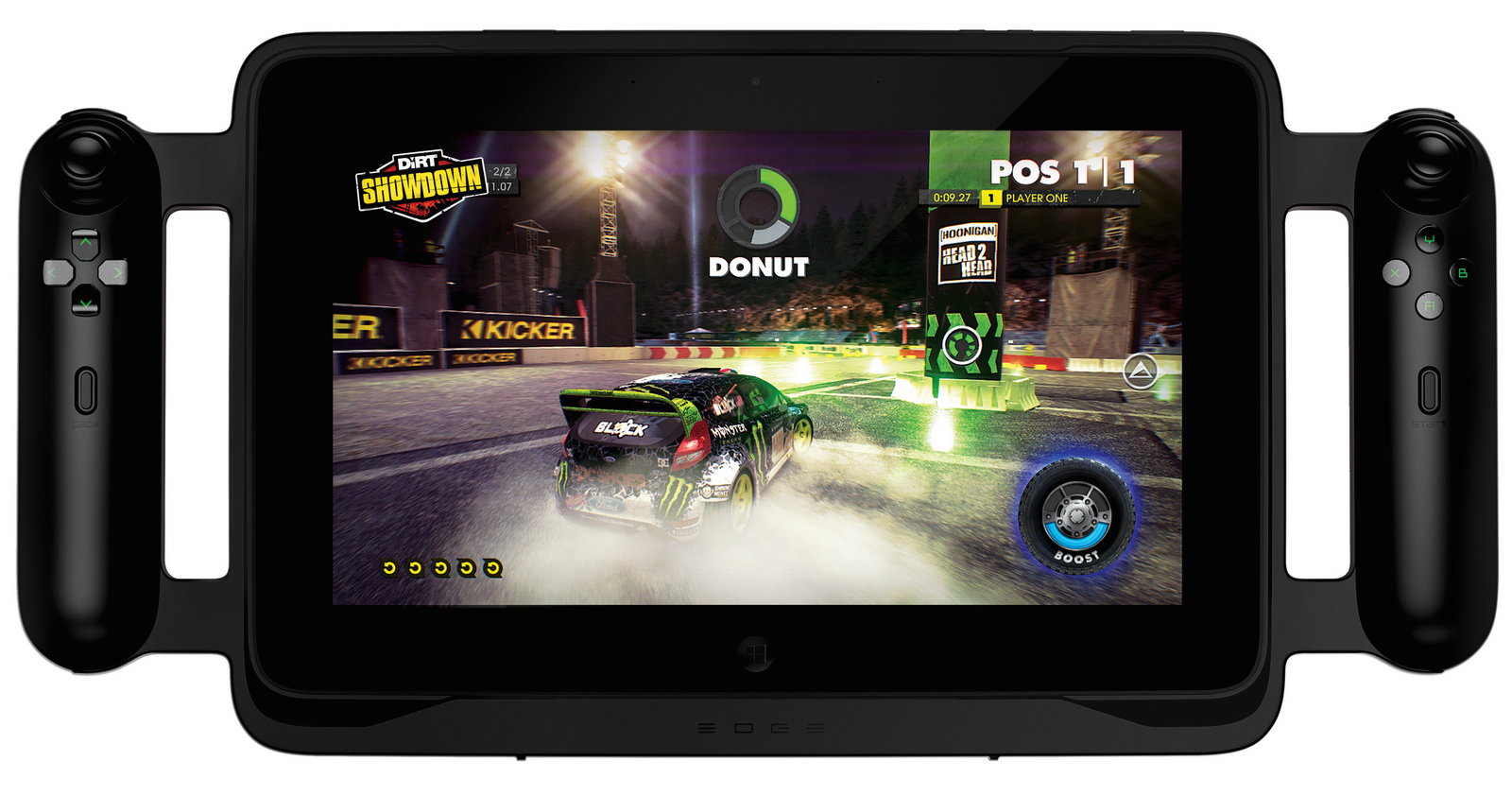
In the tablet space, Razer has even tried itself, with the short-lived Razer Edge Pro being an impressive (if expensive) Windows 8 gaming tablet with controller handles bolted to the sides. In a phone at the right price with the right internals, we still think there’s a place for proper hardware controls in the mobile gaming world.
Alternatively, a haptic touch engine, such as those made by Redux Haptics, could be employed. These are particularly sensitive and powerful vibration motors which can respond to touch in such a way as to give the illusion of physical buttons and controls being built into a screen.
But Razer gear is usually paired with triple-A PC gaming experiences. How do you get them on mobile? Perhaps that’s where Nextbit comes in…
Cloud gaming
Nextbit’s Robin was built around the idea of using minimal local storage space, and relying on cloud storage to offload files so that you could get the most out of the handset. With Razer having bought the company, it’s surely a feature that it would lean on again if it started making its own handsets.
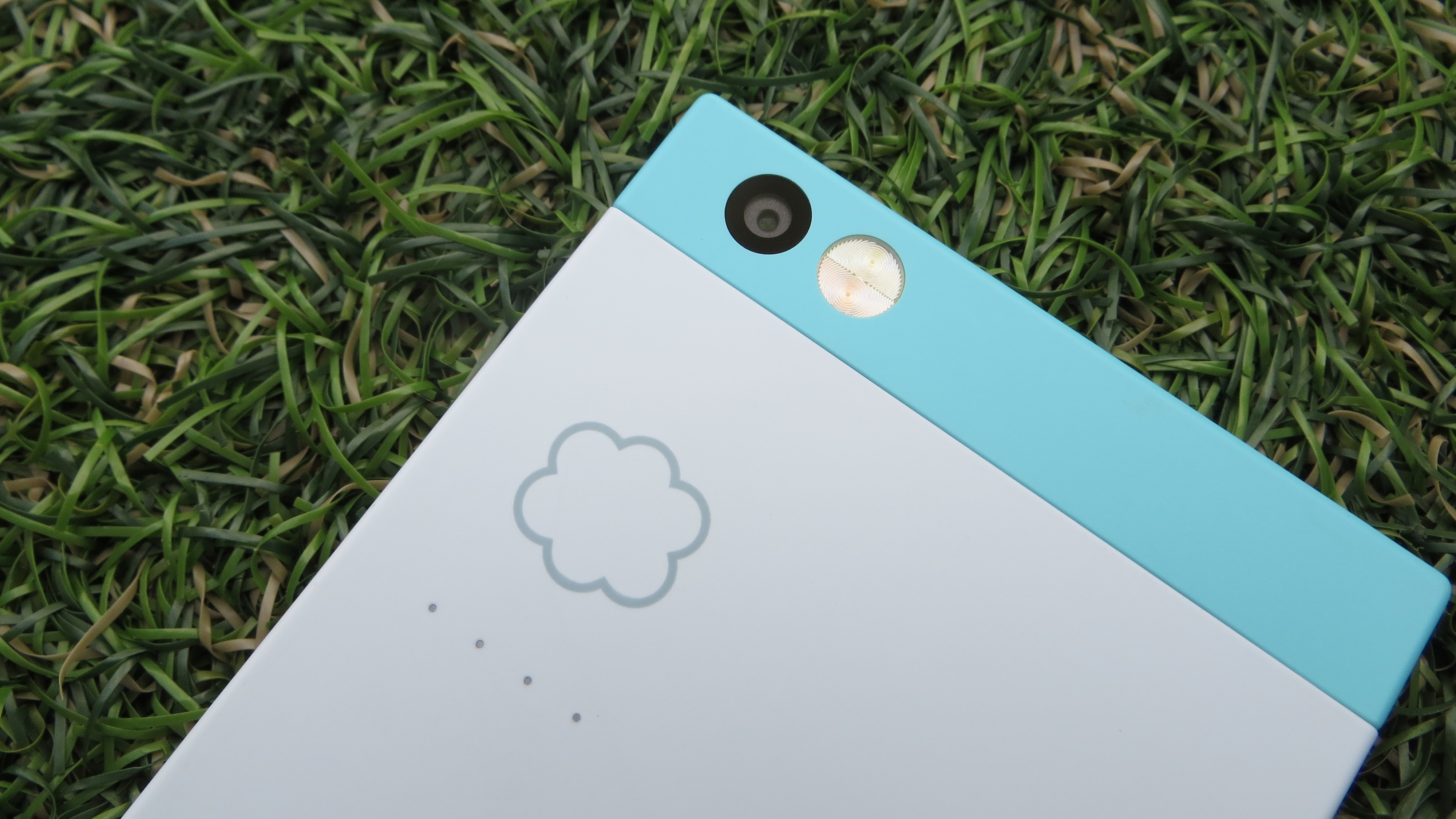
But why not take that idea a step further? As proved by Nvidia’s increasingly impressive GeForce Now service (essentially Netflix for games), cloud-based gaming servers are now more than up to the task of streaming visually-advanced titles to any device with a screen and decent internet connection.
It would take some work, but if Razer could set up a similar platform it would be the sort of unique selling point that would set it apart from the competition. Razer already has its own Synapse software for storing peripheral profiles in the cloud, so it’s clearly already exploring these concepts.
Touchscreen-as-hotkeys
Once you’ve got a device connected to the cloud (and Razer’s own Synapse software), there’s nothing stopping you from integrating a Razer phone with all sorts of experiences, à la the internet of things.
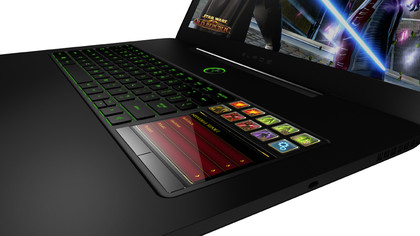
Consider pairing up a Razer Phone with Razer’s own gaming keyboards, where individual gaming hotkeys and macros could be mapped to icons in an accompanying app. Pop the smartphone in a keyboard cradle and Bob’s your uncle – you’ve just added a touchscreen to your PC gaming set up, making complicated MMO hotbars a tap away on the handset. It’s an idea Razer has already dabbled in with its Deathstalker keyboard and Razer Switchblade gaming laptop.
Dual-screens and projectors
Heck, why not three screens while we’re at it? Razer’s played with multi-screen tech in its laptops before – it had a run-in with thieves who somehow managed to pocket its crazy 12K tri-screen Project Valerie machine during this year’s CES.
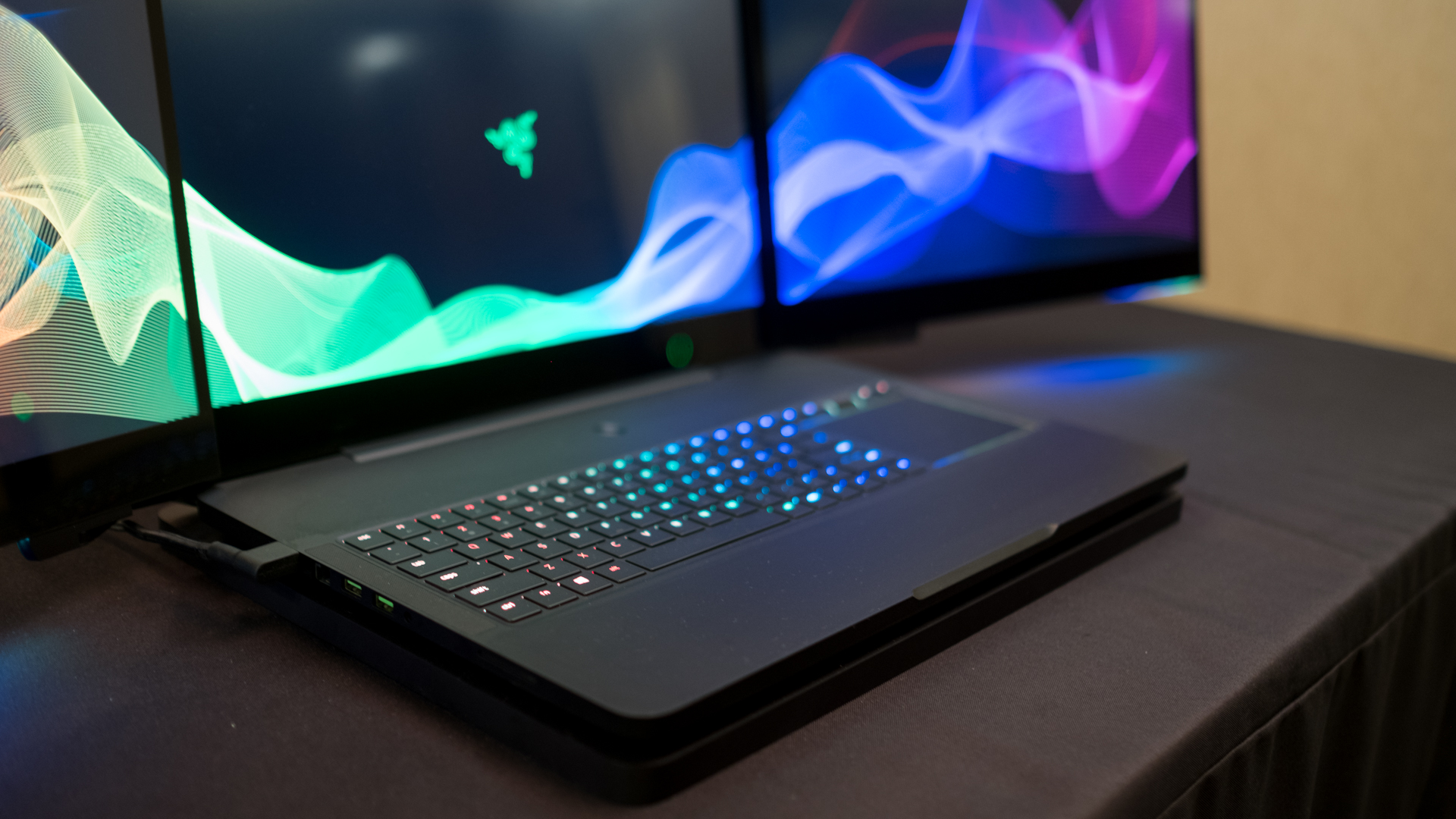
Smartphones with two full-size screens have never really taken off (with the exception of the so-so e-ink YotaPhone). But the promise of a book-like clamshell device is one that still has an oddball appeal – perhaps those taptic controls could sit in the second screen, as per the Nintendo DS and 3DS.
If Razer really was going to throw everything at the wall to see what sticks, they could chuck in the Ariana projection system too, creating room-filling, immersive visuals to accompany any on-screen action.
Unique design
As far as ker-aaaazy gaming peripheral manufacturers go, Razer’s devices look positively refined by comparison to the competition. Despite its penchant for customizable RGB lighting, It’s cultivated a very recognizable look with its neon green-on-black style.
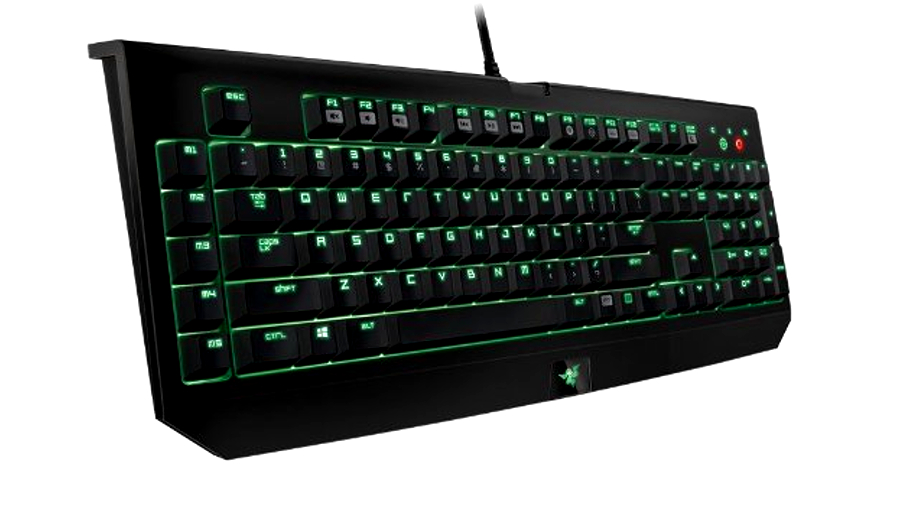
It’s all a bit The Matrix... which, when you come to think of it, is actually quite fitting for a mobile phone. It was Neo’s Nokia 8110 that, for many, made the idea of having a mobile phone cool in the first place.
Pop Nextbit’s Scott Croyle into the mix – he of HTC One design fame – and you’ve got a recipe for a very eye-catching device.
Powerful guts (and a pricey price tag)
To get all this playing nicely, Razer would have to squeeze in some seriously powerful internals, from top-spec CPUs and GPUs to efficient battery cells. Razer has no problem making devices for those with money-leaf trees in their back gardens. So 5G, HDR OLED displays, bezel-free screens, THX-infused speakers… chuck it all in and we’ll have our Fry-from-Futurama memes at the ready.
from TechRadar: Phone and communications news http://www.techradar.com/news/what-would-a-razer-smartphone-look-like
No comments:
Post a Comment